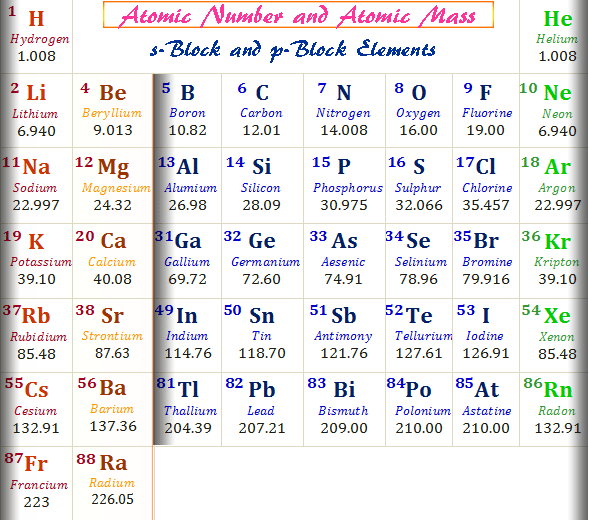Sorry, we did not find an exact match.
- Atomic Number 22 Crossword
- Atomic Number 222
- Atomic Number 228
- Atomic Number 22 Titanium
- Titanium Protons
Suggestions
Atomic Number 22 Crossword

We are constantly improving our dictionaries. Still, it is possible that some words are not available. You can ask other members in forums, or send us email. We will try and help.
Atomic Number 22. Atomic Number 22 is belong to element of Titanium. Chemical symbol for Titanium is Ti. Number of protons in Titanium is 22. Atomic weight of Titanium is 47.867 u or g/mol. Atomic number 22 translation in German - English Reverso dictionary, see also 'Atom',Atomgewicht',Atompilz',Atomzeit', examples, definition, conjugation. Provided to YouTube by DistroKidAtomic Number 22 TitaniumAtomic Number 22℗ Avalon/MarqueeReleased on: 2016-09-23Auto-generated by YouTube.
SHABDKOSH Apps
Recent Search History
See and manage historyEnglish to Sanskrit Dictionary: atomic number 22
Meaning and definitions of atomic number 22, translation of atomic number 22 in Sanskrit language with similar and opposite words. Spoken pronunciation of atomic number 22 in English and in Sanskrit.
Element Titanium (Ti), Group 4, Atomic Number 22, d-block, Mass 47.867. Sources, facts, uses, scarcity (SRI), podcasts, alchemical symbols, videos and images.

Tags for the entry 'atomic number 22'
What atomic number 22 means in Sanskrit, atomic number 22 meaning in Sanskrit, atomic number 22 definition, explanation, pronunciations and examples of atomic number 22 in Sanskrit.
Also see: atomic number 22 in Hindi
Our Apps are nice too!
Atomic Number 222
Dictionary. Translation. Vocabulary.
Games. Quotes. Forums. Lists. And more...
Try our vocabulary lists and quizzes.
Living Room Essentials

Natural events
Atomic Number 228
Legumes
Atomic Number 22 Titanium
We provide a facility to save words in lists.
Custom Word Lists
You can create your own lists to words based on topics.
Login/Register
To manage lists, a member account is necessary.

Member Account.
Support
Keep in Touch
Get our Apps
- © 2021 Shabdkosh.com, All rights reserved.
Titanium Protons
- Fast, Free and Offline
- Over 100,000 words
- Audio Pronunciation
- Word Games
- Word & Quote of the Day
In the modern periodic table, the elements are listed in order of increasing atomic number. The atomic number is the number of protons in the nucleus of an atom. The number of protons define the identity of an element (i.e., an element with 6 protons is a carbon atom, no matter how many neutrons may be present). The number of protons determines how many electrons surround the nucleus, and it is the arrangement of these electrons that determines most of the chemical behavior of an element.
In a periodic table arranged in order of increasing atomic number, elements having similar chemical properties naturally line up in the same column (group). For instance, all of the elements in Group 1A are relatively soft metals, react violently with water, and form 1+ charges; all of the elements in Group 8A are unreactive, monatomic gases at room temperature, etc. In other words, there is a periodic repetition of the properties of the chemical elements with increasing mass.
In the original periodic table published by Dimitri Mendeleev in 1869, the elements were arranged according to increasing atomic mass— at that time, the nucleus had not yet been discovered, and there was no understanding at all of the interior structure of the atom, so atomic mass was the only guide to use. Once the structure of the nucleus was understood, it became clear that it was the atomic number that governed the properties of the elements.
